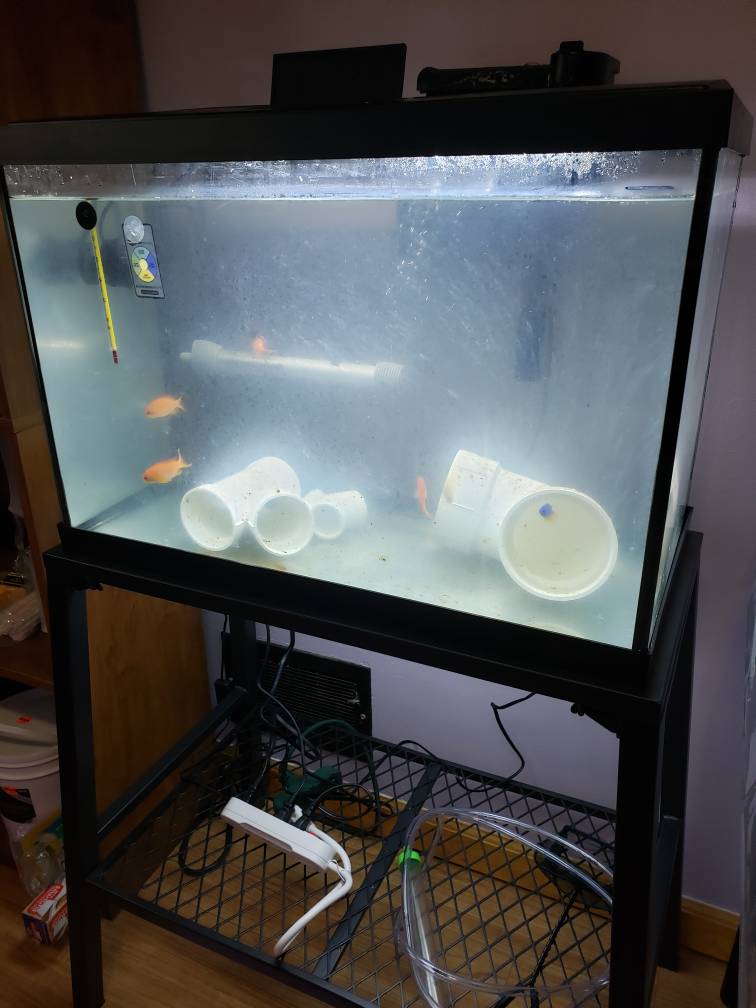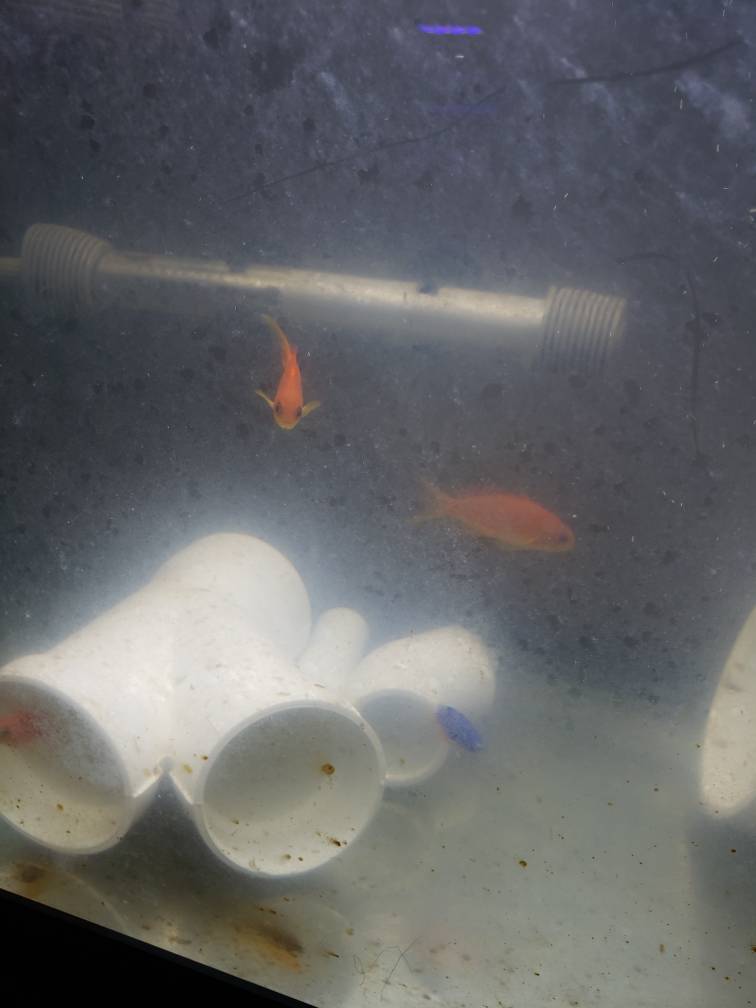Brew12
Electrical Gru
View BadgesExcellence Award
Reef Tank 365
Article Contributor
Moderator Emeritus
North Alabama Reef Club
Article Administrator
My Tank Thread
A CuC can bring in all sorts of undesirable stuff. IMO the best way is to create an invert QT where you can observe them for a few months prior to moving them into the DT. In the case of polyclads I would think they are more likely to come in on coral frags as eggs that hatch in a system but no reason they couldn't come in on an invert.This is probably a stupid question, but I've been out of the hobby for over a year now and I've had 2 terrible experiences with polyclads and unwanted hitchhikers that did irreversible damage to my old tanks. Can your CuC bring along unwanted predators like this? I know you can't treat invertebrates with Cu, so I'm curious how more experienced hobbyists take preventative action (if any).


















